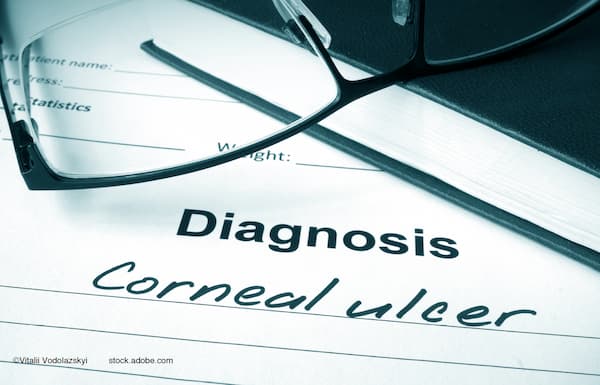Article
Femtosecond laser facilitates technically difficult cutting of lamellar disc in PLK
The femtosecond laser (IntraLase, Advanced Medical Optics) can make nonmechanical cuts of the lamellar corneal disc in posterior lamellar keratoplasty (PLK) with relative ease and reliability, thus facilitating the most technically difficult part of the surgery, said Ciro Tamburrelli, MD, of Catholic University of Rome.
The femtosecond laser (IntraLase, Advanced Medical Optics) can make nonmechanical cuts of the lamellar corneal disc in posterior lamellar keratoplasty (PLK) with relative ease and reliability, thus facilitating the most technically difficult part of the surgery, said Ciro Tamburrelli, MD, of Catholic University of Rome.
He explained that, to evaluate the feasibility of preparing the endothelial lamella, the laser was used to cut the posterior corneal lamellar interface; the side cuts were done by manual trephine in five corneoscleral buttons from an eye bank. A 400-µm horizontal cut was performed; the endothelial disc was approximately 200 µm; the cut surfaces were of good quality. The tissue was ultimately transplanted into four recipients with bullous keratopathy and Fuch's keratopathy.
The endothelial cell count decreased markedly. Six months postoperatively, the cell count was about 1,200 cell/mm2, Dr. Tamburrelli said.
"We concluded that the . . . laser can make nonmechanical cuts for posterior lamellar keratoplasty with relative ease and reliability," he said. "The posterior lamella can be prepared in eye banks and subsequently delivered to surgeons ready for transplantation. We found a high rate of endothelial cell loss that may have resulted from the femtosecond laser energy and the learning curve associated with the technique used to introduce the tissue into the eye. Both of these need further study."
Newsletter
Don’t miss out—get Ophthalmology Times updates on the latest clinical advancements and expert interviews, straight to your inbox.




